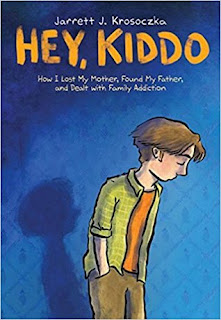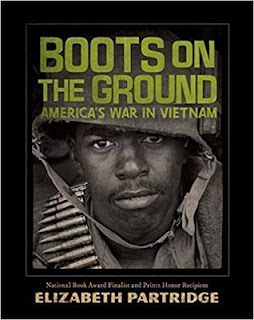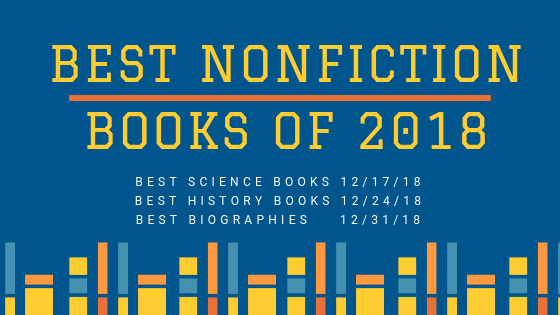Today we are featuring the best biographies and memoirs of the 2018. Picture books and graphic novels dominate the list. This year's best biographies for children and teens feature artists, athletes, politicians, scientists and more!
by Sandra Neil Wallace
illustrated by Bryan Collier
by Mara Rockliff
illustrated by Michele Wood
by Penelope Bagieu
by Monica Kulling
by John Hendrix
by Joyce Sidman
The Girl With a Mind for Math: The Story of Raye Montague
by Julia Finley Mosca
illustrated by Daniel Rieley
The Girl With a Mind for Math: The Story of Raye Montague
by Julia Finley Mosca
illustrated by Daniel Rieley
Hey, Kiddo
by Jarrett J. Krosoczka
Joan Procter, Dragon Doctor: The Woman Who Loved Reptiles
by Patricia Valdez
illustrated by Felicita Sala
Joan Procter, Dragon Doctor: The Woman Who Loved Reptiles
by Patricia Valdez
illustrated by Felicita Sala
by Laura Veirs
illustrated by Tatyana Fazlalizadeh
by Sharlee Glenn
by Isabel Quintero and Zeke Pena
by Gary D. Schmidt
illustrated by Daniel Minter
Unstoppable: How Jim Thorpe and the Carlisle Indian School Football Team Defeated Army
by Art Coulson
illustrated by Nick Hardcastle
Unstoppable: How Jim Thorpe and the Carlisle Indian School Football Team Defeated Army
by Art Coulson
illustrated by Nick Hardcastle
by Chris Barton
illustrated by Ekua Holmes















































